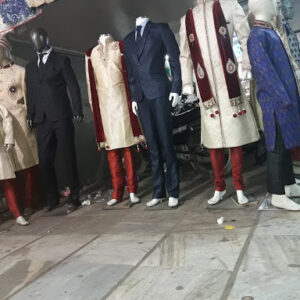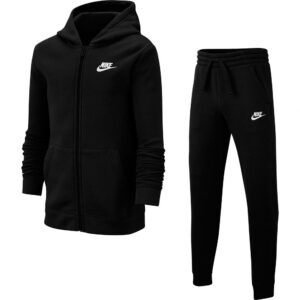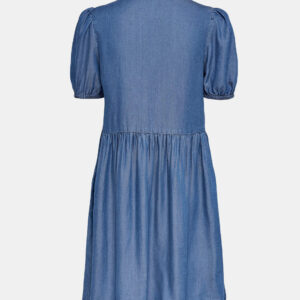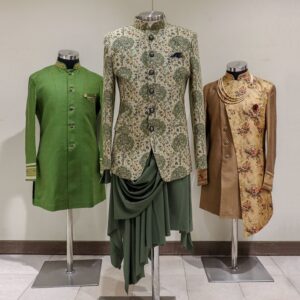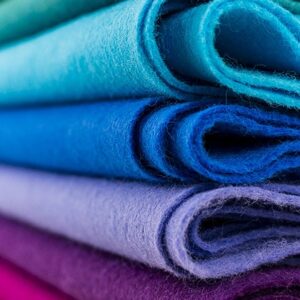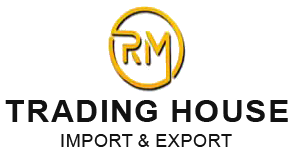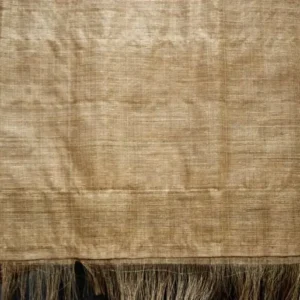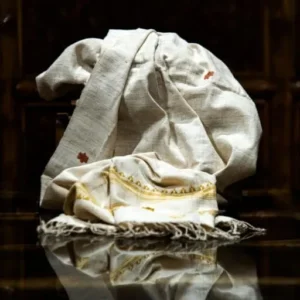Description
Rayon fabric, also known as viscose fabric is versatile and is as comfortable as natural fabrics. Printed cotton fabric offers attractive prints because of the characteristic quality of rayon fabric. Prints on rayon fabric look alluring on dresses, suits and jackets. Printed rayon fabric is an affordable material that comes in a range of colors. Prints on rayon fabric are naturally very bright and the fabric is very smooth, giving a soothing effect to the wearer.
Rayon: all the rage or worth removing from our sustainable fashion wardrobes?
Also known as viscose fabric, this semi-synthetic has sometimes been touted as one that’s good for our planet—and it’s certainly one of the most common, as the third most popular textile fiber in the world.
Is this a good thing?
What is rayon fabric and how does it shape up against hemp fabric, cork fabric, wool, and cashmere?
More importantly, is rayon eco friendly really?
WHAT IS RAYON FABRIC?
First of all, let’s clarify our terms. When perusing fabric tags, you may find yourself wondering, “What material is viscose rayon?”
This one’s easy: rayon = viscose and viscose = rayon.
While these are one and the same and viscose fabric and rayon can be used interchangeably, you’re more likely to see “viscose” on the label of luxury garments, or if you’re shopping in Europe.
Rayon or viscose fabric ends up in a lot of our clothes, especially silk alternatives.
In fact, it was first known as “artificial silk”.
Pros and cons of rayon fabric properties
Rayon is used as an affordable silk alternative because it’s a breathable and moisture-wicking fabric that is stretchy and soft to the touch.
Rayon is also comfortable and non-irritating, it’s commonly found in blouses, trousers, dresses, skirts, t-shirts, and interior decorations like bedspreads, upholstery, and blankets.
It also accepts dyes well, yielding a bright and beautiful material for lingerie and luxury garments. Though, while rayon dyes easily, it’s notorious for fading relatively quickly.
What is rayon made of?
The semi-synthetic fabric is made from wood pulp or plant cellulose, which is why it is considered a “cellulosic fiber” in the same class as lyocell, modal, bamboo, cupro, and acetate.
“Ahh,” you say, “a natural material—it must be sustainable then?”
Not so fast. Let’s rewind on rayon and first see how the fabric is made.
HOW IS RAYON FABRIC MADE
Rayon may start out as wood pulp, but the natural ingredient doesn’t stay “natural” for long.
Rayon’s alternative identity viscose comes from the fact that it becomes a viscous liquid during manufacturing.
How else could we turn wood into something akin to silk?
This process is long and far outside the realm of nature.
How is viscose fabric made?
1. Cellulose is extracted from wood pulp (typically from beech or pine trees or bamboo).
2. The cellulose is dissolved in caustic soda (sodium hydroxide) to convert it to its impurity-free alkali form.
3. The cellulose is squeezed between two rollers to form a sheet, which is then crumbled into “white crumb.”
4. Exposure to pure oxygen and the addition of carbon disulfide transforms the substance into “yellow crumb.”
5. After being dissolved again, the yellow crumb ripens and is filtered.
6. A spinneret transforms the solution into fibers.
7. A soak in a sulfuric acid bath turns the fibers into filaments that can be spun, drawn, and washed.
Whoa, that doesn’t sound very eco friendly, does it? What about ethics?

